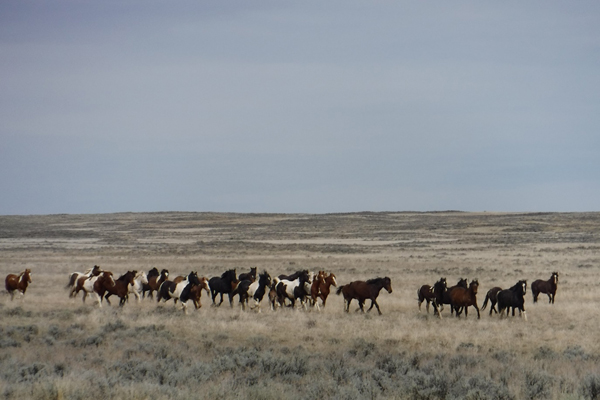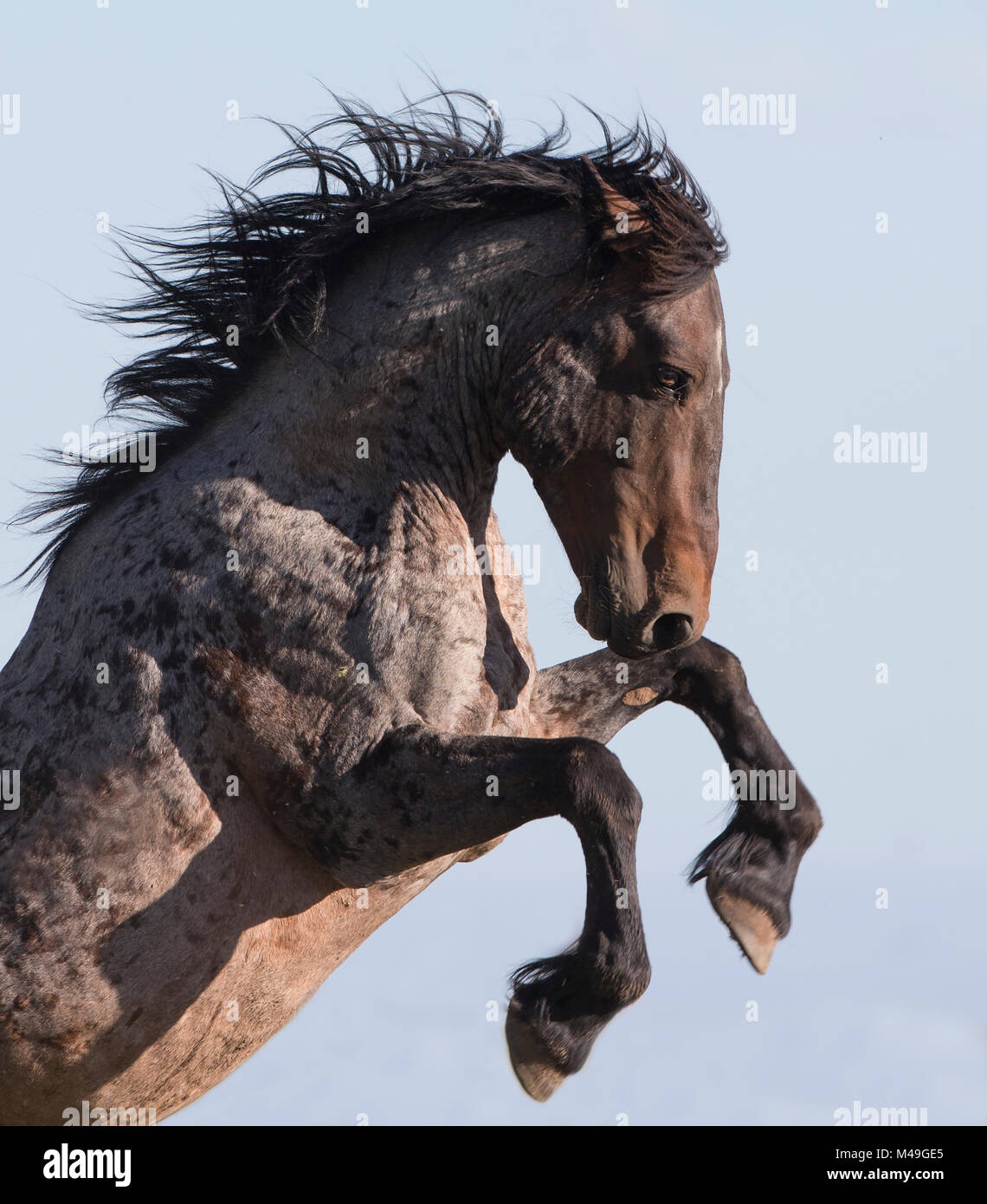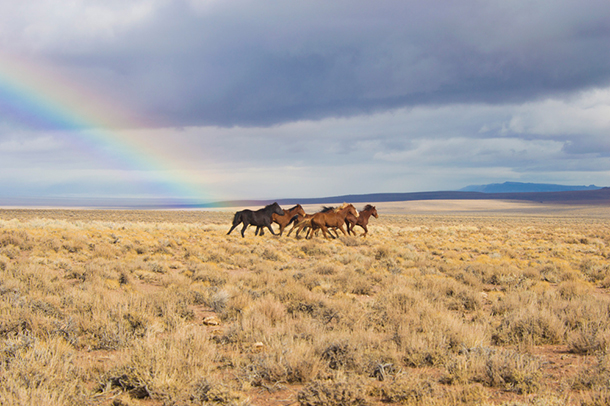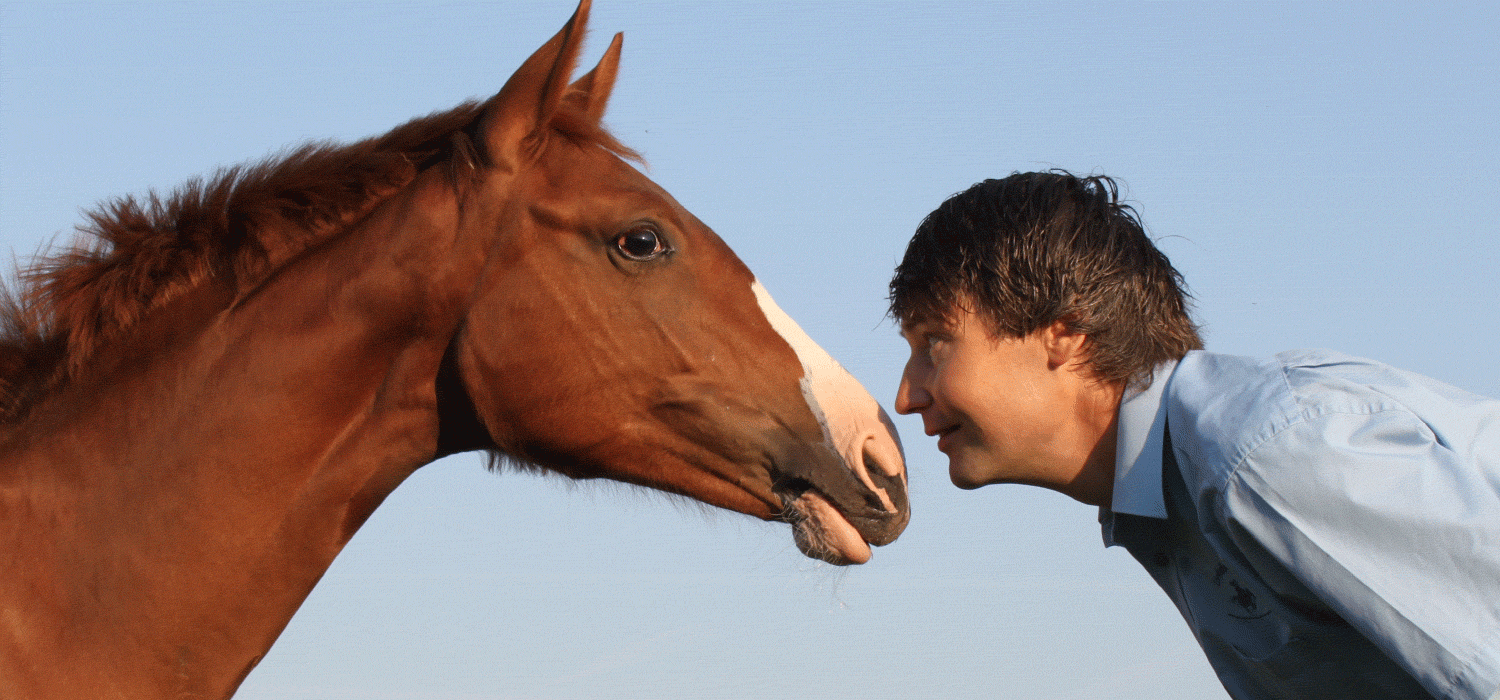The Mustang as a Riding Horse: A Comprehensive Guide

Mustangs, often celebrated as symbols of the American West, are not only iconic wild horses but also exceptional riding horses. This article explores their history, characteristics, training, and suitability for various riding disciplines.
Introduction to Mustangs

Mustangs are free-roaming horses of the Western United States, descended from horses brought by Spanish explorers in the 16th century. Over centuries, they adapted to harsh environments, developing traits that make them resilient and versatile.
Physical Characteristics

| Feature | Description |
|---|---|
| Size | Typically 14 to 15 hands high (56-60 inches) |
| Build | Compact, muscular, with strong legs |
| Coat Colors | Variety including bay, black, chestnut, dun |
| Hoof Structure | Hard, durable hooves suited for rough terrain |
Temperament and Behavior
Mustangs are known for their intelligence, endurance, and spirited nature. They can be wary of humans initially but respond well to consistent, gentle training.
Training Mustangs for Riding
Training wild mustangs requires patience and skill. Key steps include:
- Building Trust: Establishing a bond through calm interaction.
- Groundwork: Teaching basic commands and desensitization.
- Saddle Training: Introducing tack gradually.
- Riding Introduction: Starting with short rides to build confidence.
Suitability as Riding Horses
Mustangs excel in various riding disciplines due to their agility and stamina:
- Trail Riding: Their sure-footedness makes them ideal for rugged trails.
- Endurance Riding: Their natural stamina supports long-distance rides.
- Ranch Work: Their agility and intelligence aid in cattle herding.
Care and Maintenance
Proper care is essential to keep mustangs healthy and happy:
- Balanced diet tailored to their activity level.
- Regular hoof care to maintain durability.
- Routine veterinary check-ups.
- Adequate shelter and turnout time.
Frequently Asked Questions (FAQ)
Q1: Are mustangs suitable for beginner riders?
A1: While some mustangs have gentle temperaments, many require experienced handling due to their spirited nature.
Q2: How do mustangs differ from domesticated horses?
A2: Mustangs have adapted to survive in the wild, making them hardier and often more independent than domesticated breeds.
Q3: Can mustangs be registered or bred?
A3: Yes, organizations like the American Mustang Association register and promote responsible breeding.
Conclusion
Mustangs are remarkable riding horses that combine history, resilience, and versatility. With proper training and care, they can be loyal companions for a variety of equestrian activities.
This expanded content uses tables, lists, and a FAQ section to enhance readability and SEO effectiveness, providing a well-rounded resource on mustangs as riding horses.
